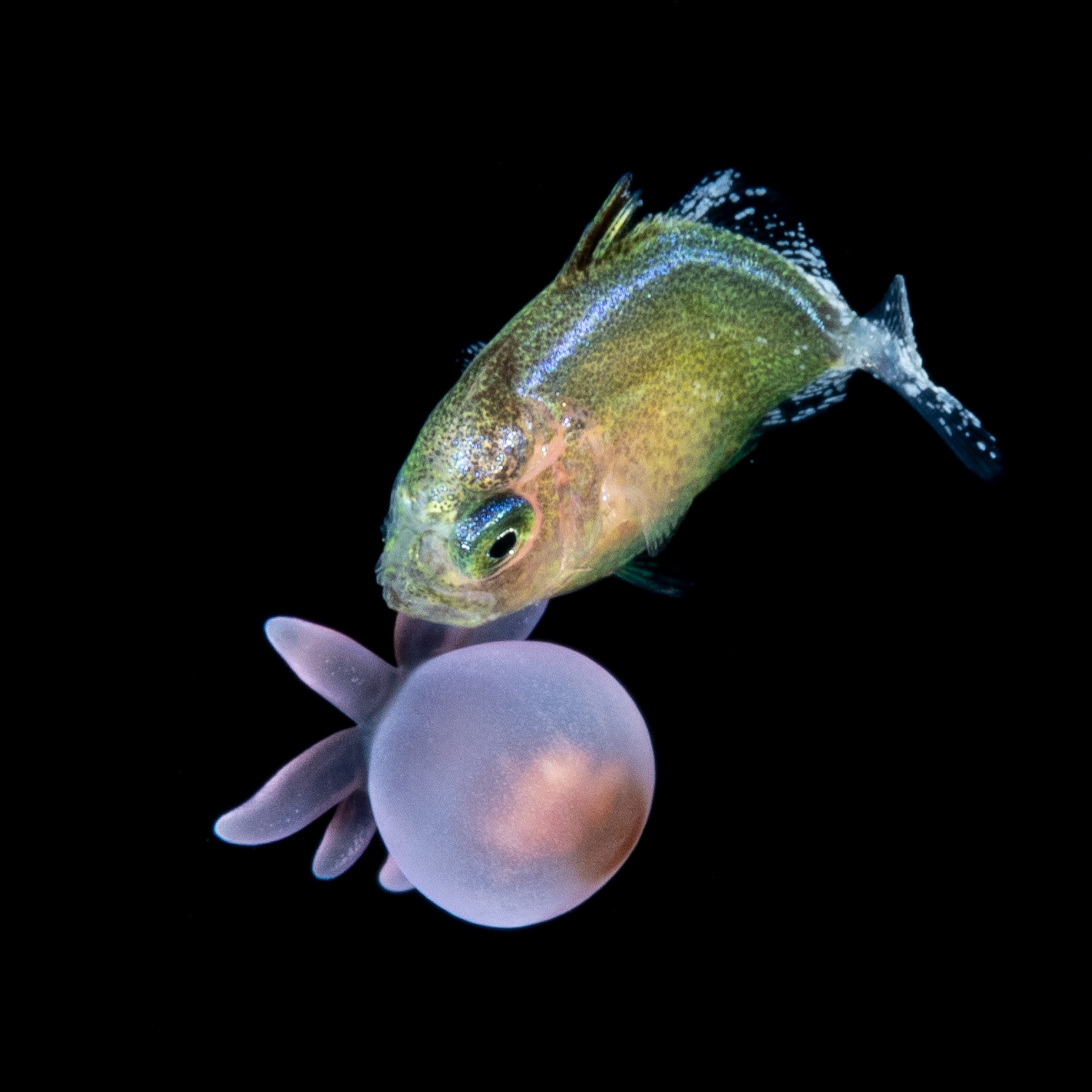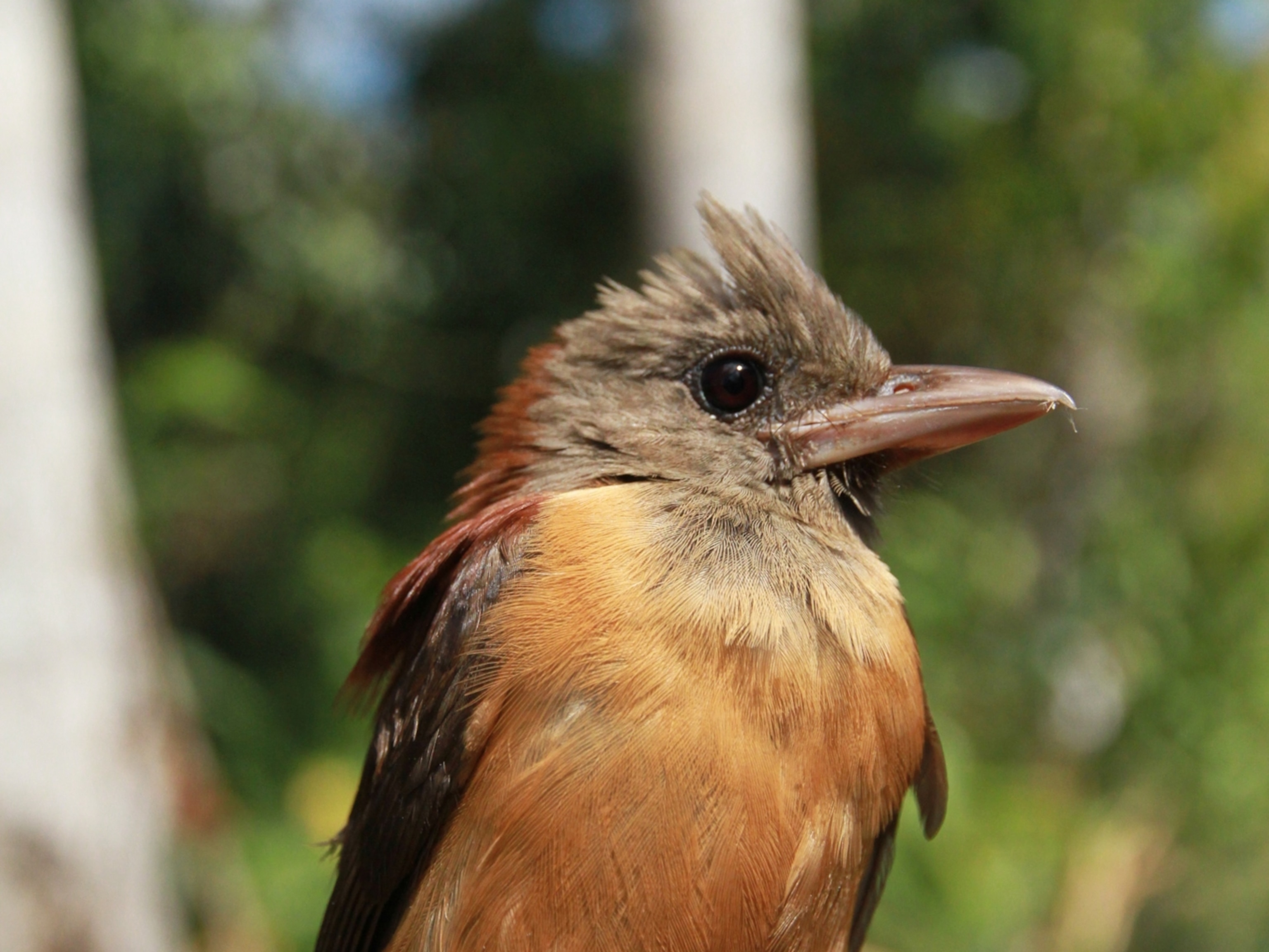How does it feel to be stung by an Asian giant hornet, Vespa mandarinia? It hurts. A lot.
The sensation is like being “stabbed by a red-hot needle,” says Shunichi Makino, who studies wasps and bees at Japan’s Forestry and Forest Products Research Institute. Not only that, but the anguish lingers.
“Usually, the stung part severely swells and continues aching for a few days,” Makino explains, via email. And “although you could also have these symptoms when stung by the other hornet species, the intensity is said to be much more severe in Vespa mandarinia.”
Soichi Yamane got stung on the job. He was a wasp researcher—now retired—and he confirms Makino’s description: “The pain lasted two days, and my sleep was often disturbed by severe pain.”
Stories of agonizing stings are one reason why the recent discovery of two giant hornets in Washington State has created such a sensation. The insects are now trending on social media as “murder hornets.”
Though the insects have the potential to spread, to date they haven’t been found anywhere else in the United States. And scientists and other specialists are hard at work trying to locate and eliminate any hidden populations in the area of concern in northwest Washington.
The fascination with these insects and the danger they pose raises the question: What, if anything, is special about the sting of an Asian giant hornet? And just how toxic is its venom?

Behind the pain
The toxicity of venom from the Asian giant hornet, and from a handful of its close relatives, is considerable. It’s greater than the toxicity of most other stinging insects, says Justin Schmidt, who has studied the hornets.
An entomologist at the University of Arizona’s Southwestern Biological Institute, Schmidt is an expert in venom. He developed a well-known scale of sting painfulness, known as the Schmidt pain index.
In a 1986 paper co-authored by Schmidt, Yamane, and others, the researchers took venom from various species of giant hornet and injected it into lab mice, a standard experiment at the time for testing a substance's toxicology.
Researchers determine toxicity using a measure called the LD50. Also known as the median lethal dose, it's the quantity necessary to kill 50 percent of test subjects, usually small animals like mice. In their 1980s research, the scientists found that giant hornet venom has an LD50 of 4.1 milligrams per kilogram—a level similar to other closely related hornets. The less venom required for a lethal dose, the more dangerous the substance.
For comparison’s sake, the LD50 of honeybee venom is 2.8 mg/kg. And the world’s most toxic insect venom belongs to the Maricopa harvester ant, with an LD50 value of about 0.1 mg/kg in mice.
Though honeybees have venom that’s more toxic than giant hornets, the bees can sting only once. Giant hornets can sting repeatedly, and are capable of delivering about 10 times more venom. The scientists determined that the venom in one giant hornet would be capable of killing about 10 mice—and that a small colony could kill a 150-pound animal.
It makes sense that the species carries a lot of venom, as it is the world’s largest hornet at more than 1.5 inches long. But even they are not the most militant in defending their nests: Yellow hornets (Vespa simillima) native to Japan may actually be more dangerous given their aggressive behavior yet smaller size, says Seiki Yamane, Soichi’s brother, who also studies wasps, at Kagoshima University Museum.
‘Nasty cocktail’
What makes the sting of the Asian giant hornet so painful? Schmidt says that acetylcholine and histamine within the venom cause pain and swelling, assisted by chemicals called kinins that dilate blood vessels. A substance called mastoparan, not found in bee venom, and phospholipase synergistically act to degrade immune cells and spur widespread inflammation. In combination with kinins, these chemicals can break down blood and muscle cells, Schmidt says.
This destruction leads to the release of large molecules like hemoglobin, which the kidney must filter out. But several of the chemicals within the venom are toxic to the kidneys as well—one reason why giant hornet attacks can lead to renal failure, Schmidt says. The species also has a unique neurotoxin that can block nerve impulses.
“It’s a nasty cocktail of chemicals designed so that you don’t mess with these guys again,” Schmidt says.
Keeping safe
For the venom to reach life-threatening levels, a person likely would have to be stung by a couple hundred giant hornets, Schmidt says, compared with about a thousand honeybees.
In Japan, giant hornets cause between 30 to 50 deaths per year, but most of the fatalities are due to allergic anaphylactic reactions rather than acute toxicity, Schmidt says.
It’s important to remember, however, that giant hornets, like other wasps, generally will not attack unless bothered. Especially when the insects are out foraging, they are likely to ignore humans; most deaths from giant hornets’ stings occur because people seriously disturb the insects' nests.
Schmidt observes that giant hornets do give a warning before they sting: They fly back and forth snapping their mandibles. “That is intimidating, that gets your attention,” Schmidt says. “It’s the only species that does that.”
Schmidt himself has never been stung by an Asian giant hornet, even though he began working with them in 1980. His Japanese colleagues advised Schmidt to put on a thick sweatshirt under his bee suit to thwart the insects’ long stingers. That worked—though Schmidt does sometimes regret it.
“In hindsight," he says, "I kind of wish I had been stung because that would be a pertinent data point."









